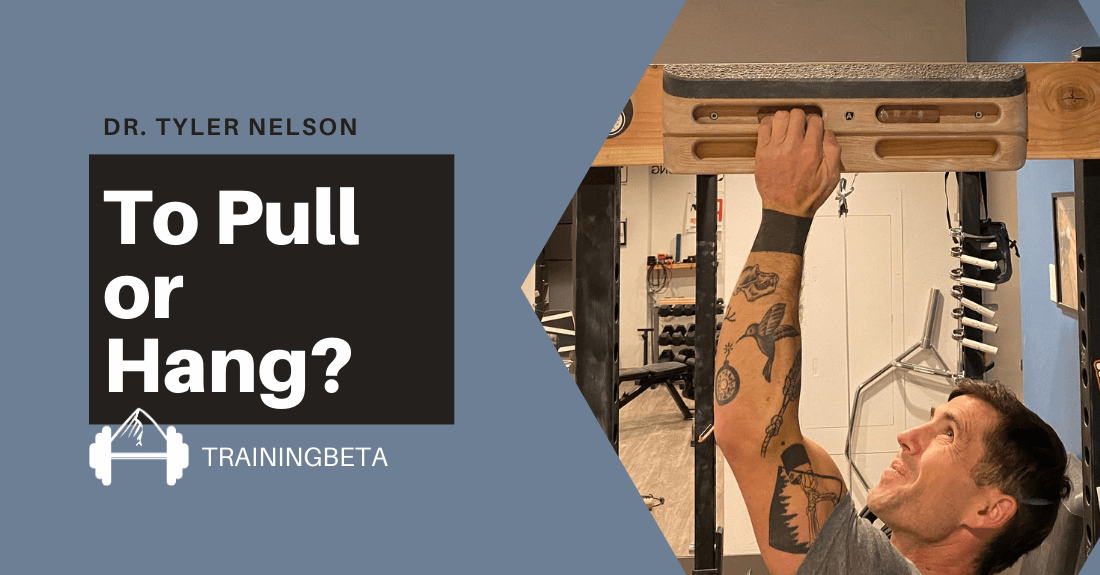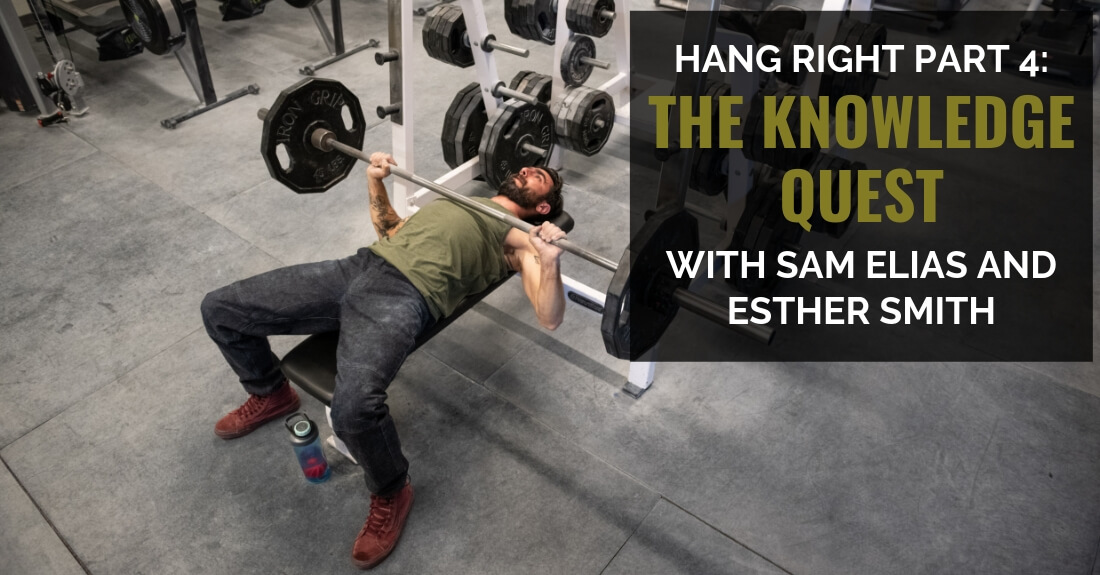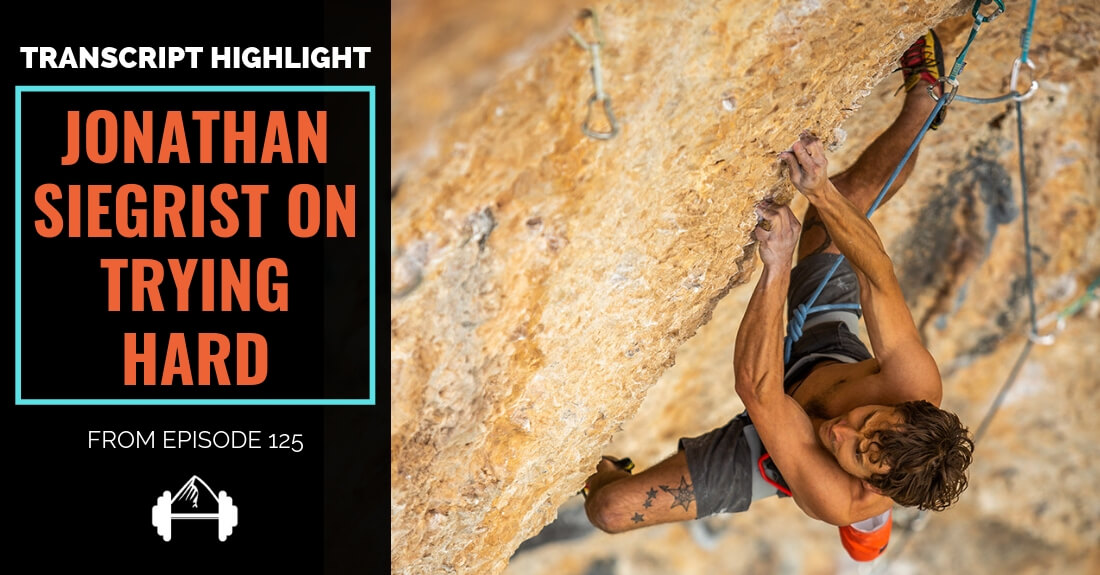This post was kindly written by pro climber, Emily Harrington.
Getting back into sport climbing shape after several weeks or months off can be one of the most confidence-shattering processes any sport climber has to go through. Falling off routes you’ve once warmed up on, being scared to climb above your last bolt, and struggling to even have fun and feel like a “climber” again is always a mental and physical challenge. I’ve learned in recent years that this process does not have to suck, and in fact, it can be super fun and rewarding, as well.
I’ve spent the last two years of my climbing exploring other styles and disciplines, testing myself in trad, ice, and alpine climbing worlds. I’ve spent months in Nepal, living in a tent at altitudes I’d never dreamed I’d reach in my life. I’ve suffered through the type of cold, fatigue, fear, and illness that made me crave the simple pleasure of sport climbing on limestone more than ever before.
But when I did finally return to sport climbing after an extended period of time away, I found that sport climbing only provided torment and frustration. Not only had I not been using my upper body for months, but existing at altitude wreaks havoc on the body.
Contrary to the belief that you lose loads of weight at altitude and can thus send hard when you return, instead, you lose all your muscle while your fat remains (I assume because the body’s trying to keep warm) and return home weak, pathetic, and skinny fat. I found that I could no longer pull the way I had before, I was afraid to fall onto bolts, and even my technique seemed to have disappeared. I felt completely lost, demotivated, and questioned whether or not I was capable of climbing hard again.
In 2013, I returned to Nepal to climb a peak called Ama Dablam (23,000ft). After 2 months living at over 15,000 feet, dealing with -30 degree F nights and horrific windchill – and even a mild bout of High Altitude Pulmonary Edema – I returned home feeling even weaker than I had after Everest.
I worried about having to struggle to regain everything I had worked for again, but I knew that it was possible this time around, and was determined to make it a more positive experience than before. I wanted to enjoy the experience of getting back into shape. I’ve laid out a few key tips to remember if you ever find yourself in this position.
Enjoy the Process
If you usually warm up on 5.10 and 5.11, but now get too flash pumped to even get halfway up a route you’ve climbed hundreds of times without even breathing – don’t be ashamed to take it down a notch. Why not go climb all the classic 5.9s you’ve never bothered with before? Approach each route with a beginner’s mindset, enjoy the simplicity of just climbing; that is why you do it after all, right?
Focus on Technique
I feel like we place so much emphasis on strength and endurance when getting back into shape, but I also find that my technique and overall “flow” suffer as well. Try to remember how to climb well again. Move with purpose, be precise with your feet, control your breathing, don’t rush moves, read the route correctly, manage your pump, etc…. focusing on these simple but specific tasks are less frustrating and more productive than “training endurance to not get pumped”. Executing them successfully builds confidence and will help you feel like a climber again. Even if you’re stuck projecting your warm-ups, at least you’re doing it with style.
Then Challenge Yourself
Even if it means your ego gets bruised, finish off everyday giving it everything you have. Focusing on technique and climbing easier routes is great, but the reality is that your strength and stamina will only return if you are motivated to push yourself physically, as well. To avoid getting injured I try to focus on volume as opposed to difficulty in the first few weeks back. Climb as many routes as you can in a day, and keep climbing until you can barely hang on. If you’re like me, you’ll welcome the feeling of terminal pump and full body exhaustion that only sport climbing can bring about. For me it’s one of the best feelings in the world.
Be Patient
This is perhaps the most obvious piece of advice, but the hardest one to follow. You are not going to feel strong, confident, or even move like you did before – so don’t expect to, and most importantly, just be ok with it. Have the patience to understand that your body and mind need time to remember how to climb again and that only time will bring back the good feelings you once had.
Keep Trying
No matter what, don’t give up and let yourself think you can’t be strong again. You’ve been where you want to be before, and you can be there again – and be even better. All you have to do is put in the time and effort. In the end, it’s all about wanting it.
We all know that there are many ways to “train” to get back into shape. I’m sure most training plans work great, but I’ve found that coming back after a break is mostly about motivation, and for me that motivation comes in the form of going climbing. I need to remember the basics again, not only for my body, but also for my mind. The process can be incredibly frustrating, and I need to remind myself why I do this sport, what makes me love it so much. I tend to try to answer those questions for myself before I delve into the specific hows of training methods. The answers usually come when I follow the advice I’ve laid out above instead of getting bogged down in the more detailed nuances of grades, fitness, diet, etc….
I hope these ideas can help next time you or your climbing partner find yourselves out of the sport climbing game. Oftentimes I come back even stronger after a big break, because my psych is high and my body feels rejuvenated and ready to try hard.
-Emily
Emily Harrington: Pro Climber, Mountaineer, Crusher
Emily is a professional rock climber and adventurer who has been a prominent and leading figure in the climbing community since she was a teenager. Her early years were defined by her successes on the USA Climbing Team on the National and world competition circuit. She’s a five-time National Champion, a two-time North American Champion, and has placed podium in World Cups.
But her true passion lies with outdoor climbing and exploring the mountains. She’s excelled at nearly every aspect of the incredibly specialized disciplines of climbing.
She’s reached the most elite levels in the gymnastic and physical discipline of sport climbing, free climbed 2500 foot big walls in remote corners of the world, won ice climbing competitions, and summited the world’s tallest peaks in the Himalaya (including Mount Everest in 2012).
She currently resides in Squaw Valley, California; where she trains for climbing and has fallen in love with skiing, her second passion. You can read more about Emily on her website at www.emilyaharrington.com










Thank you for this positive post! I’m trying to get back into regular climbing after a long break after having a baby. The first time back was shocking, I didn’t recognize my own body. It was demoralizing and actually frightening. This is the type of attitude I will adopt from now on, and I intend to enjoy the process!
I am a HUGE fan of Emily Harrington. She is such an inspiration, such a strong and positive example to young women like me who want to achieve special things in life. I follow her on Instagram not just for her photos but also for what she writes with her posts. I hope it’s alright if I share my recent adventure in Utah. I don’t call myself a climber – I have only done indoor climbing and a few tries at rock climbing. It was super fun and much better than the gym! http://bit.ly/1FU3JqM
Spot on advice Emily.
I’m living this experience right now for the third time (mostly injury related each time). Did it the wrong way twice, and twice lost my psych badly each time. After a much longer absence this time, I’m giving myself space to simply enjoy climbing, trust the process, and release the focus on grade… no surprise, it’s been a much different experience, and I’m happy to report that psych abounds.
Coming back from Cho Oyu I had lost a lot of weight and expected to climb my best… I have never felt so weak! 😉
I guess only sport climbing will make you ready for sport climbing!
Cool to see that even an amazing climber like you had the same experience coming back.
After I have to quit for a while the fingers, elbows and shoulders ping pain at me periodically. After a few day normalcy returns. When I return to climbing there seems to be a renewed fitness, but it is in the background; the top gear is not accessible and my threshold for pain remains diminished. All that returns after a few weeks. Curiously, with me, the head game, trad or sport, does not really take a hit due to absence from climbing. Great inspirational post Emily.